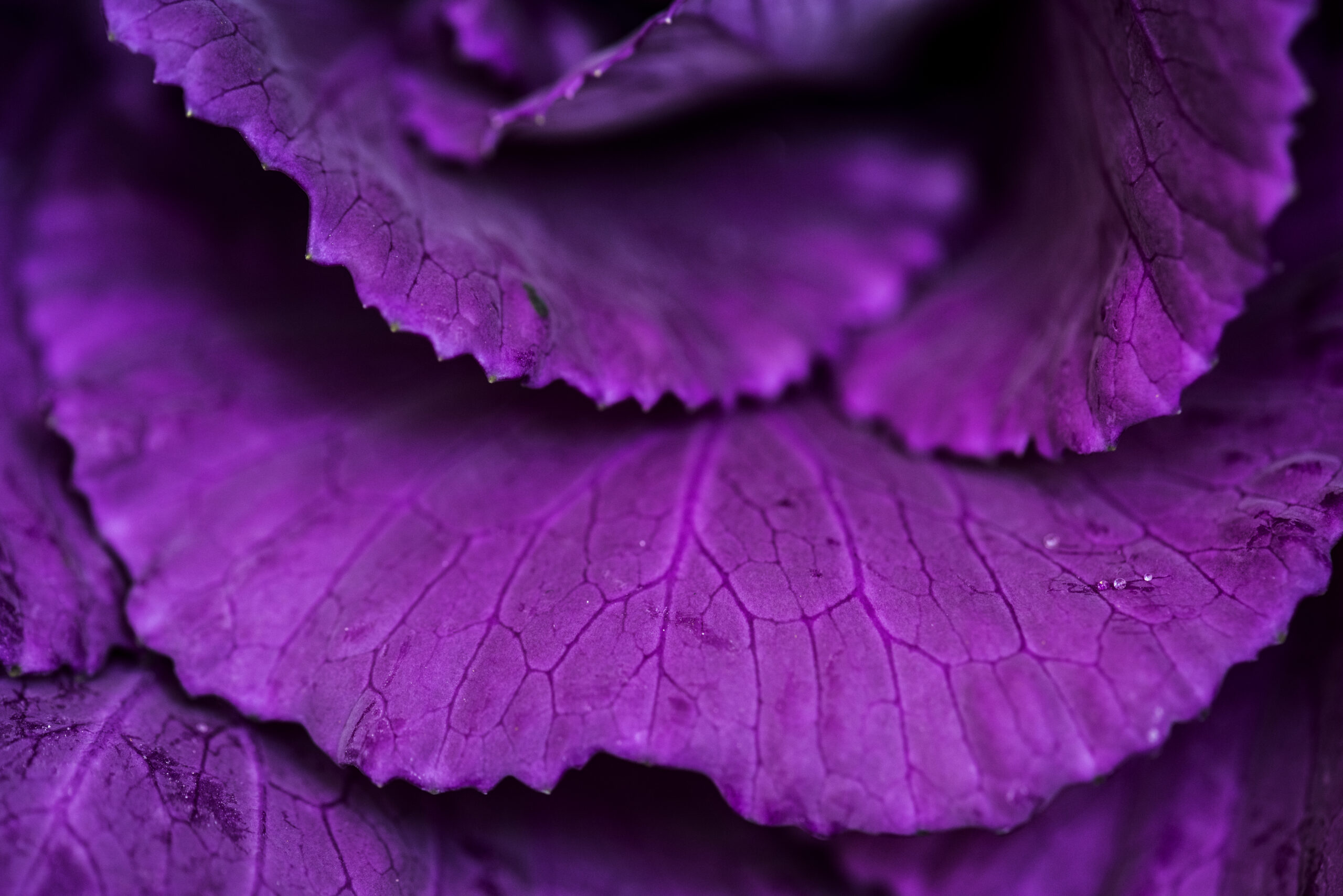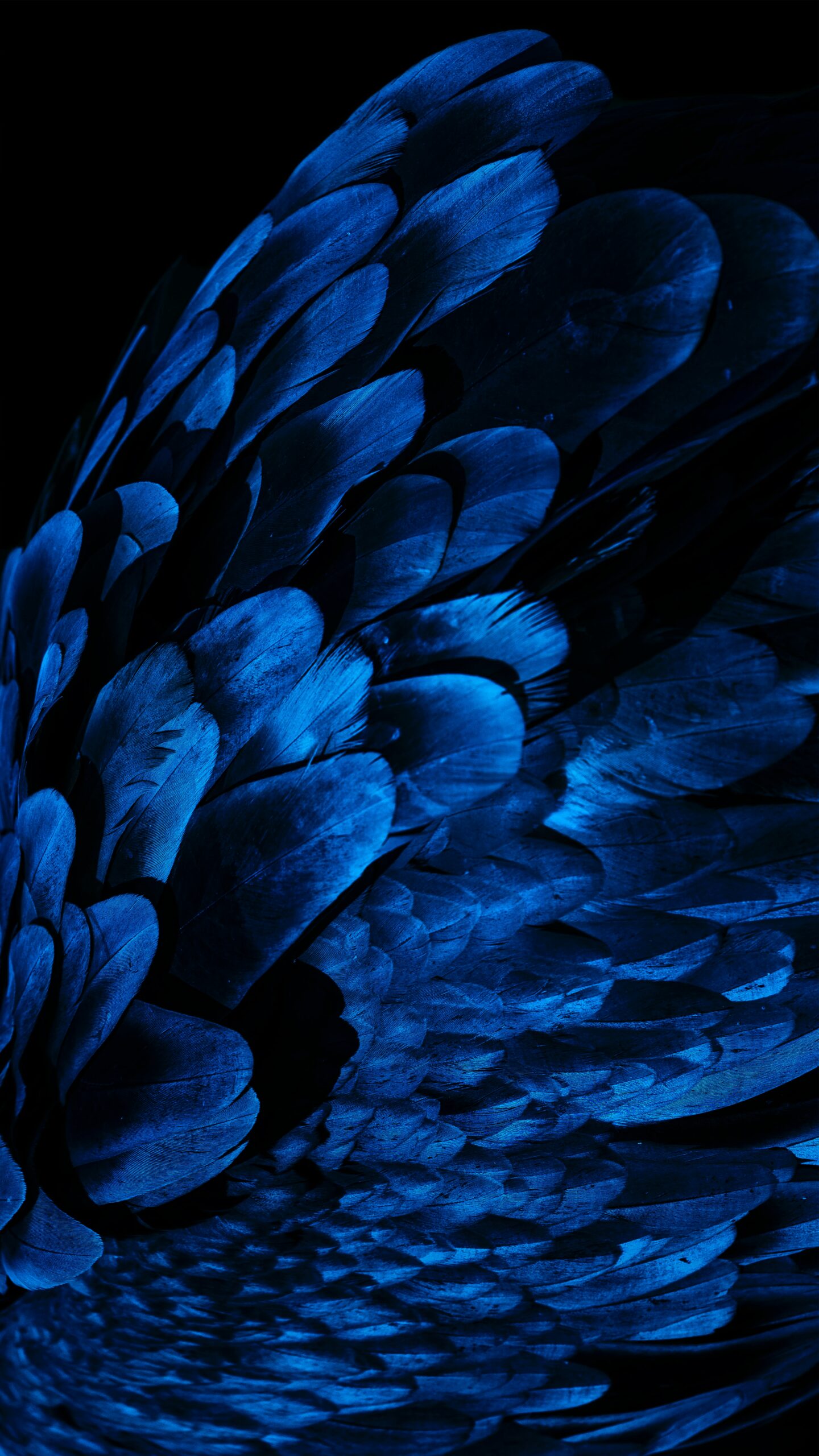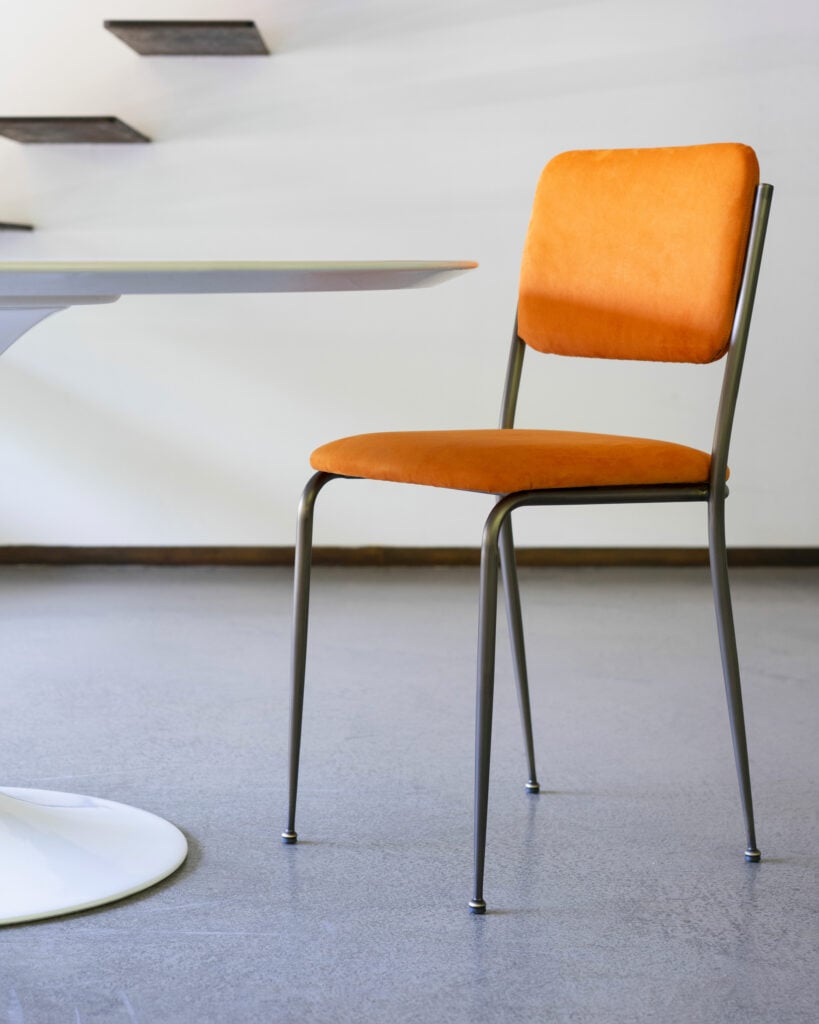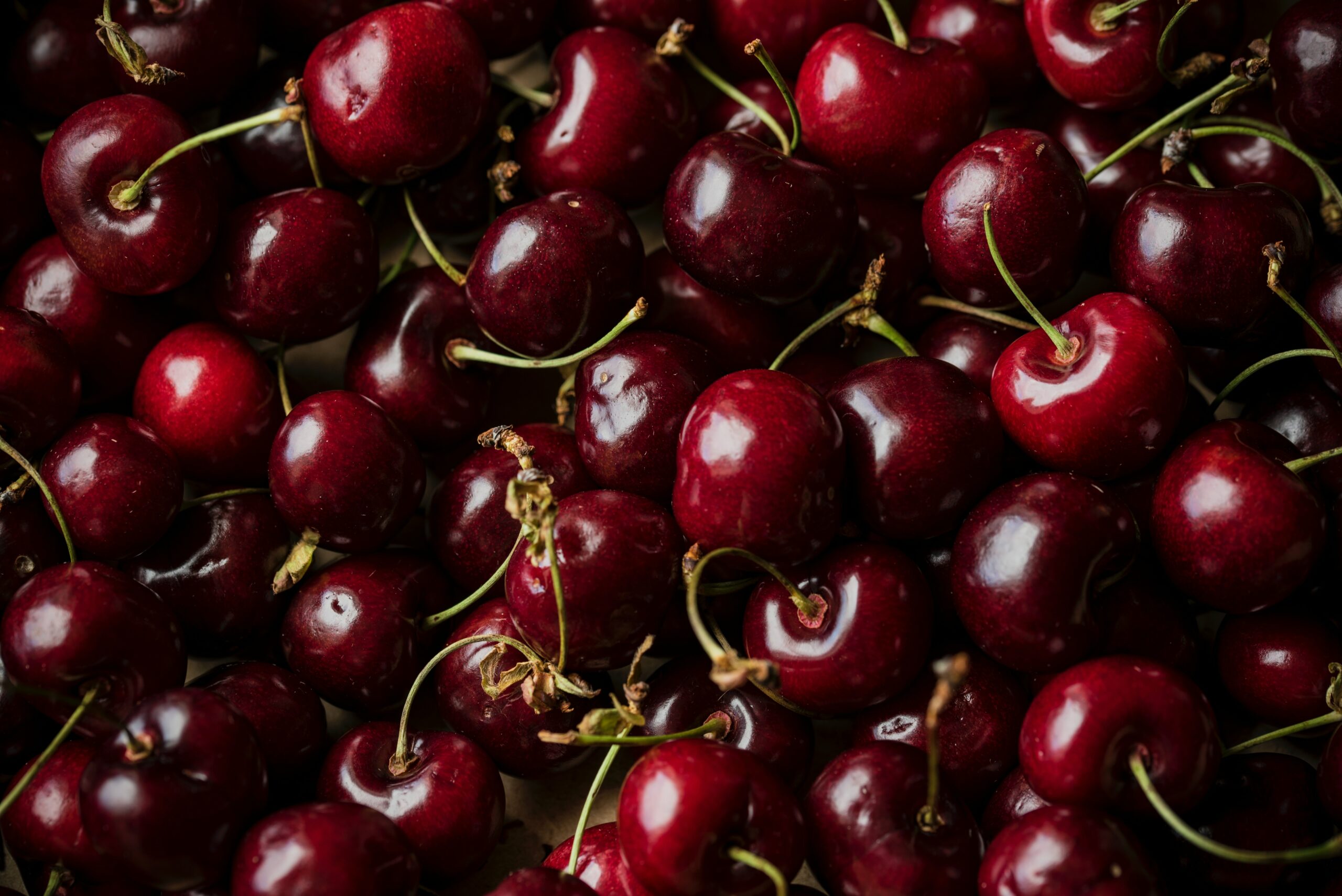The color theory is the result of a long course of study by great intellectuals of the past. The principle behind this theory states that from the three primary colors – magenta, yellow and blue – it is possible to obtain all the other colors; mixed two by two, they give rise to the secondary colors – orange, green and violet – which, further mixed together, give rise to new colors.
According to the principles of Chromotherapy, each color conveys specific emotions that affect our mood, and this stimulus is perceived by our brain. to make the furniture elements of all Design Cilfsa collections, we chose the 7 COLORS OF THE RAINBOW: PURPLE-INDIGO-BLUE-GREEN-YELLOW-ORANGE-RED whose primary reference hue varies in nuances, depending on the support of the woven weft.
Purple
Purple promotes concentration and meditation, while infusing strength and energy. It is a peculiar and often bypassed color: it is best used in moderation and with lighter hues.
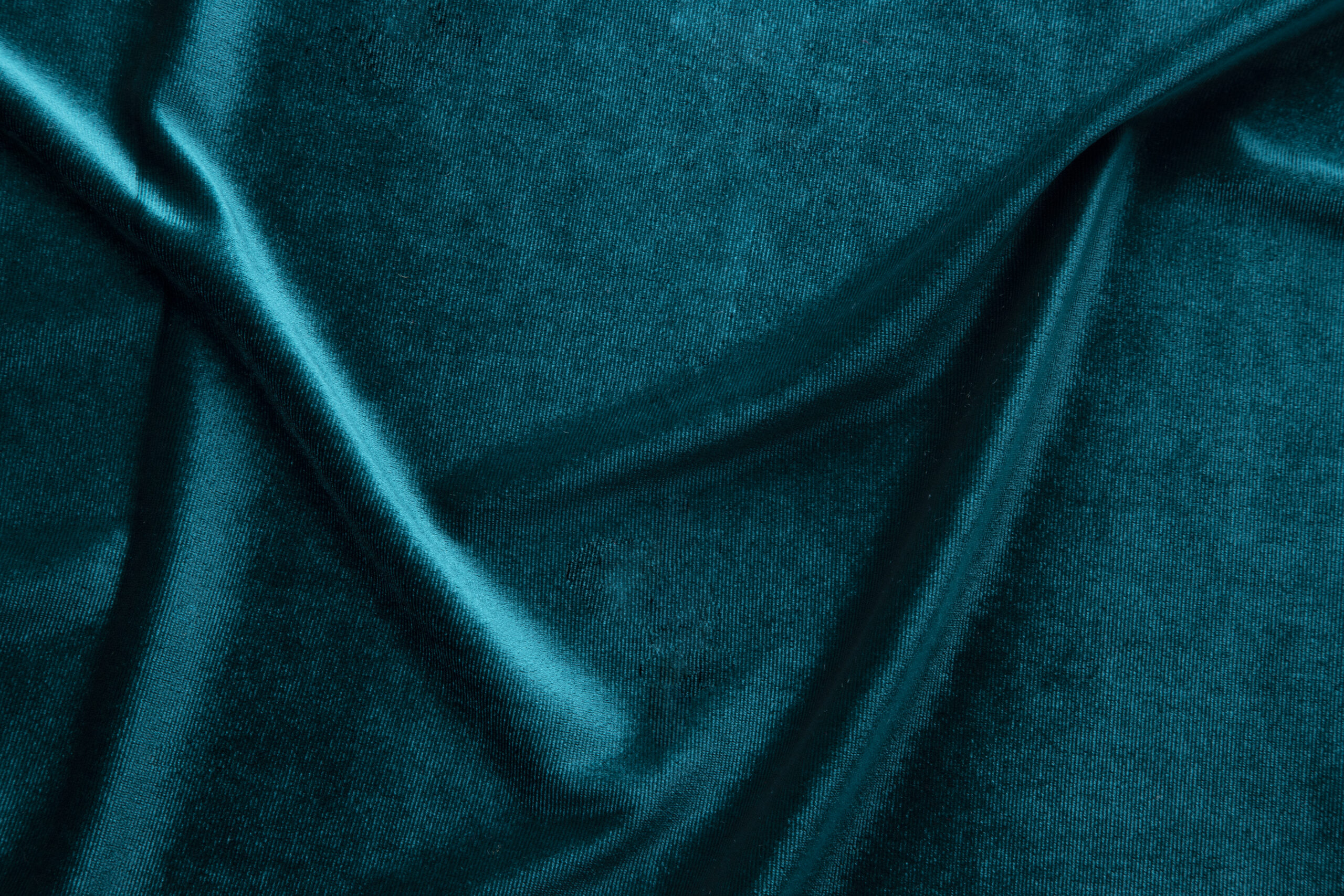

Indigo
Originating in India 4,000 years ago, it was a color of prestige worn by important dignitaries. In color therapy, it represents elegance and relaxation and promotes purification of the mind.
Blue
Blue is the ultimate calming and refreshing color: it calms the mind and reduces nervousness.


Green
Green is a harmonious and relaxing color; it has a calming effect and is a symbol of balance. It is advisable to choose a shade that is not too strong.
Orange
Orange brings energy, enthusiasm, cheerfulness and optimism. It is therefore the ideal color for areas dedicated to everyday life.


Yellow
Yellow affects intellect and concentration. It also tends to stimulate creativity, facilitating study activities.
Red
Red is an energetic and strong color: it is associated with strength and vitality. It tends to make us more open and full of energy. it is important to choose the right shade so as not to make the environment too saturated, which would tend to make us nervous.

